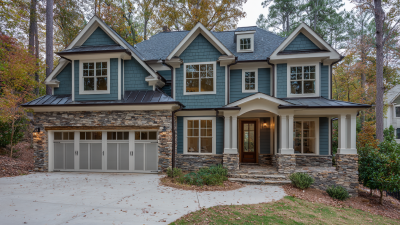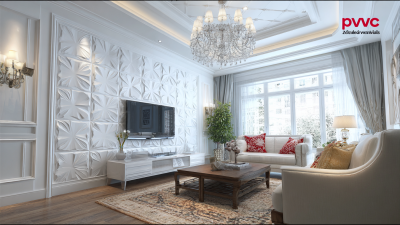The concept of sustainable construction has gained significant traction in recent years, leading to the emergence of innovative techniques specifically designed for optimizing building walls. As one of the most critical components of any structure, building walls play a vital role in energy conservation, insulation, and overall environmental impact. This article delves into various digital strategies and practical tips that architects, builders, and sustainability advocates can employ to enhance the efficiency and sustainability of building walls.
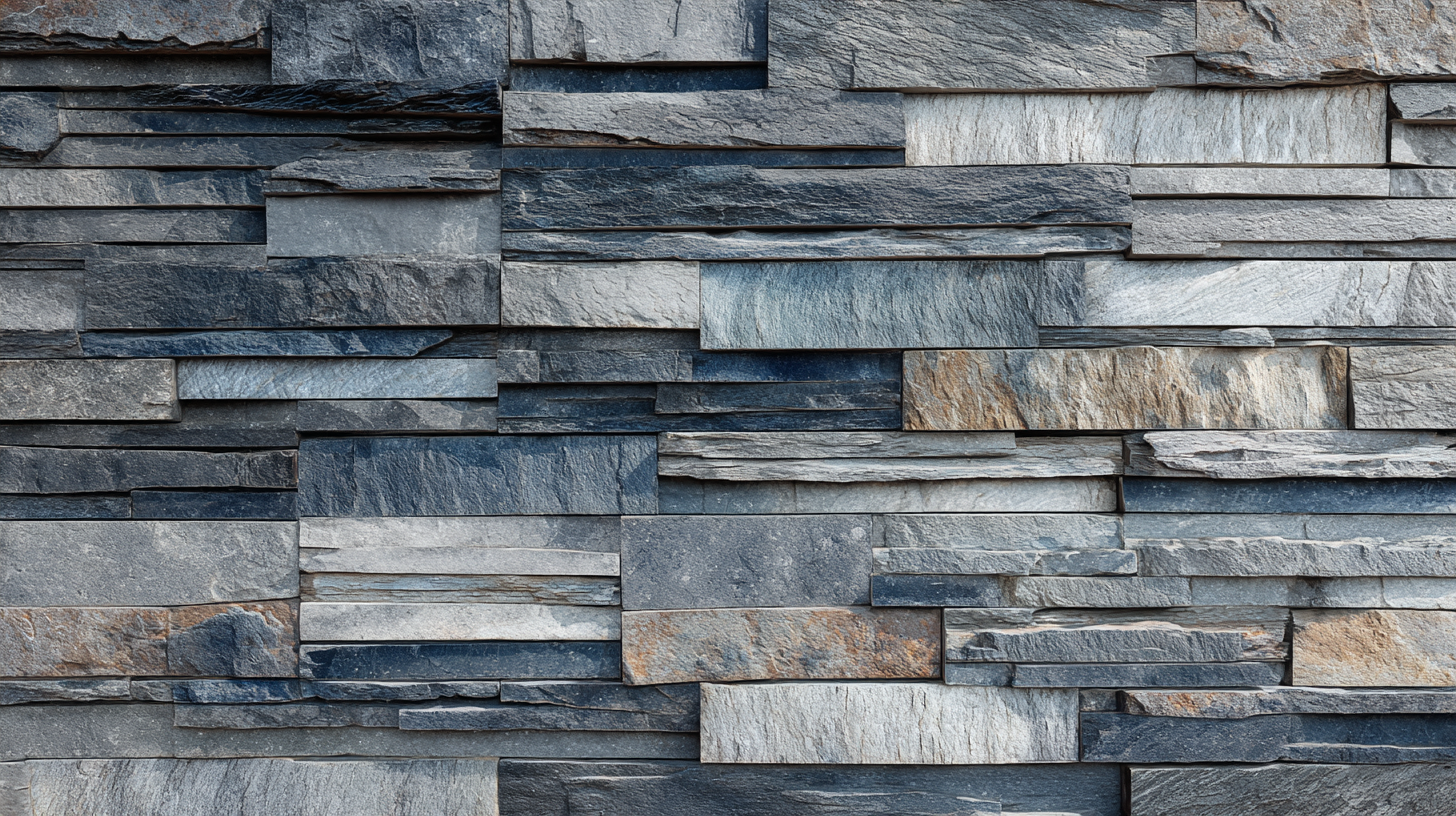 From advanced materials and design methodologies to cutting-edge technology, such as Building Information Modeling (BIM) and environmental impact analysis tools, we will explore how these innovations not only reduce the ecological footprint of buildings but also improve their performance and longevity. By integrating these techniques, stakeholders can create walls that are not only resilient and aesthetically pleasing but also aligned with the principles of sustainability and energy efficiency, paving the way for a greener future in construction.
From advanced materials and design methodologies to cutting-edge technology, such as Building Information Modeling (BIM) and environmental impact analysis tools, we will explore how these innovations not only reduce the ecological footprint of buildings but also improve their performance and longevity. By integrating these techniques, stakeholders can create walls that are not only resilient and aesthetically pleasing but also aligned with the principles of sustainability and energy efficiency, paving the way for a greener future in construction.
In recent years, the push for eco-friendly construction has led to remarkable advancements in thermal insulation materials for building walls. Innovative approaches prioritize sustainability, combining efficiency with minimal environmental impact. One such development is the use of bio-based insulating materials, like hemp and cellulose, which not only provide excellent thermal performance but also utilize renewable resources. These materials ensure homes are kept comfortable while significantly lowering the carbon footprint associated with traditional insulation options.
Another breakthrough in sustainable wall solutions includes the application of aerogels, a class of extremely lightweight materials that offer unmatched insulation properties. Aerogels can be produced from silica, polymer, or even recycled materials, making them versatile and eco-friendly. Their unique structure allows them to trap heat effectively, which can lead to reduced heating and cooling costs over time. By integrating these advanced thermal insulation materials into wall construction, builders are paving the way for more energy-efficient buildings that align with global sustainability goals.
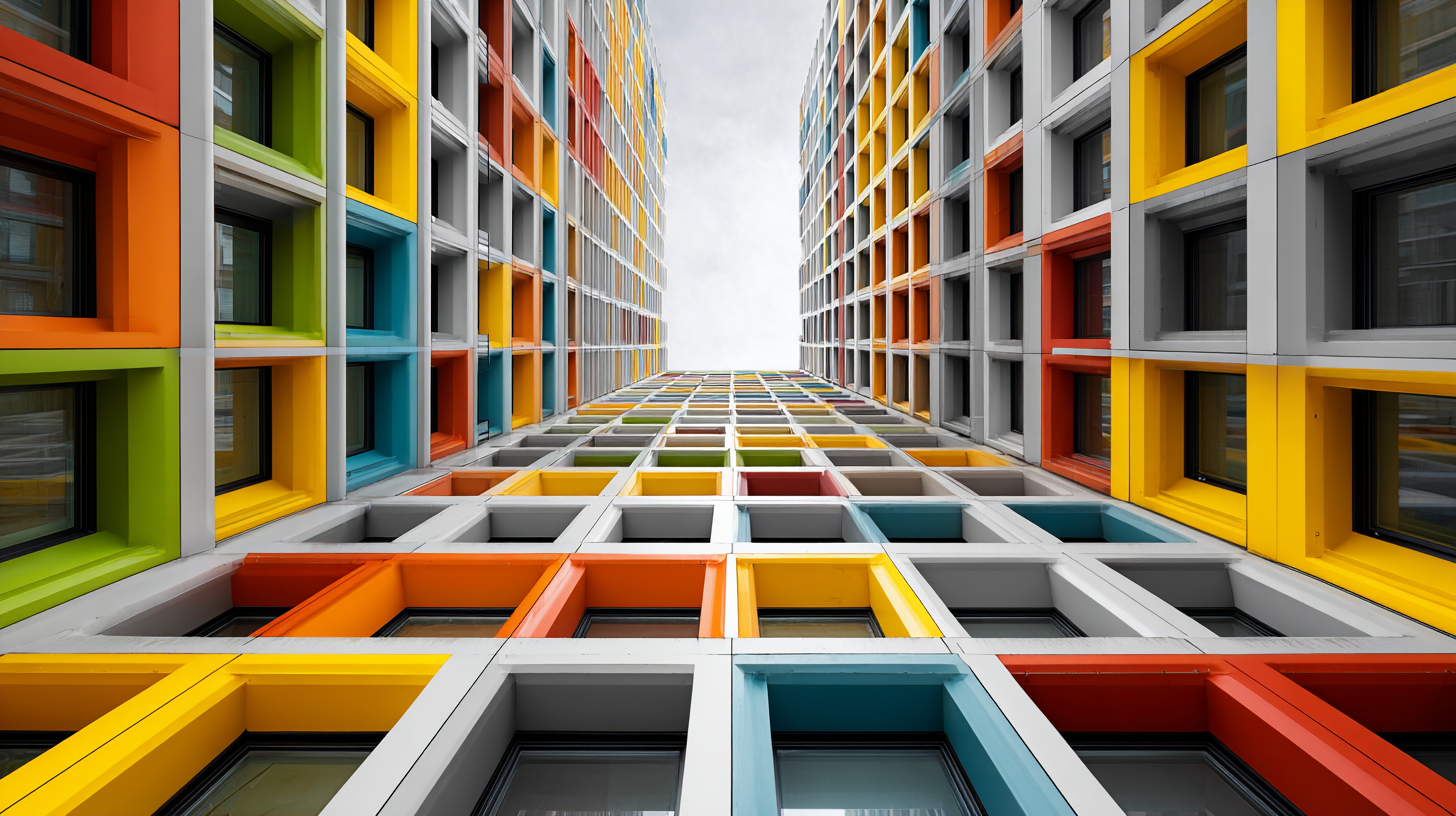 The integration of renewable energy systems into building wall designs marks a turning point in sustainable architecture. By incorporating solar panels, green walls, and thermal mass materials into the very structure of buildings, architects can create environments that are not only energy-efficient but also aesthetically pleasing. These innovative techniques reduce a building's reliance on traditional energy sources while enhancing its overall performance and comfort.
The integration of renewable energy systems into building wall designs marks a turning point in sustainable architecture. By incorporating solar panels, green walls, and thermal mass materials into the very structure of buildings, architects can create environments that are not only energy-efficient but also aesthetically pleasing. These innovative techniques reduce a building's reliance on traditional energy sources while enhancing its overall performance and comfort.
Tips: When planning to integrate renewable energy systems, consider the orientation of the building. South-facing walls are ideal for solar panel installations, maximizing sunlight capture throughout the day. Additionally, using materials that allow for natural ventilation can improve indoor air quality and reduce energy consumption for heating and cooling.
Another exciting approach is the use of living walls, which not only improve insulation but also help in managing stormwater. These walls can be designed with various plant species that contribute to biodiversity while simultaneously providing a natural way to filter air.
Tips: Choose native plant species for living walls to ensure ease of maintenance and resilience against local pests and diseases. Implementing a drip irrigation system can also promote water conservation while keeping the greenery lush and vibrant.
As the construction industry increasingly prioritizes sustainability, biodegradable and recyclable wall coatings have emerged as a groundbreaking solution. These innovative materials are designed to minimize waste and environmental impact while enhancing building performance. By utilizing natural fibers and polymers that can decompose safely, these coatings not only reduce the carbon footprint but also contribute to a circular economy. This approach encourages the reuse of materials, promoting a cradle-to-cradle philosophy where products are continuously recycled and repurposed.
Moreover, the application of these coatings extends beyond their environmental benefits. They provide excellent insulation properties, improving energy efficiency in buildings. Their ability to maintain aesthetics while offering durable protection against the elements signifies a shift towards not only eco-friendly but also high-performance construction practices. As architects and builders increasingly adopt these sustainable solutions, the future of construction is poised to be more environmentally conscious, paving the way for resilient communities that value sustainability as a cornerstone of their development.
| Material Type | Biodegradability | Recyclability | Life Cycle Assessment | CO2 Emissions Reduction (%) |
|---|---|---|---|---|
| Organic Plaster | Yes | Yes | Positive Impact | 30% |
| Bamboo Fiber Coating | Yes | Yes | Neutral | 25% |
| Recycled Paper Coating | Yes | Yes | Positive Impact | 20% |
| Cork Coating | Yes | Yes | Positive Impact | 35% |
| Biopolymer Coating | Yes | Yes | Neutral to Positive | 40% |
Innovative prefabrication techniques are reshaping the landscape of sustainable building wall solutions. These methods streamline the construction process, reduce material waste, and enhance energy efficiency. By manufacturing wall components in a controlled environment, builders can ensure high-quality standards while minimizing the environmental impact. Advanced materials such as insulated panels and recycled content are frequently employed to optimize thermal performance and sustainability.
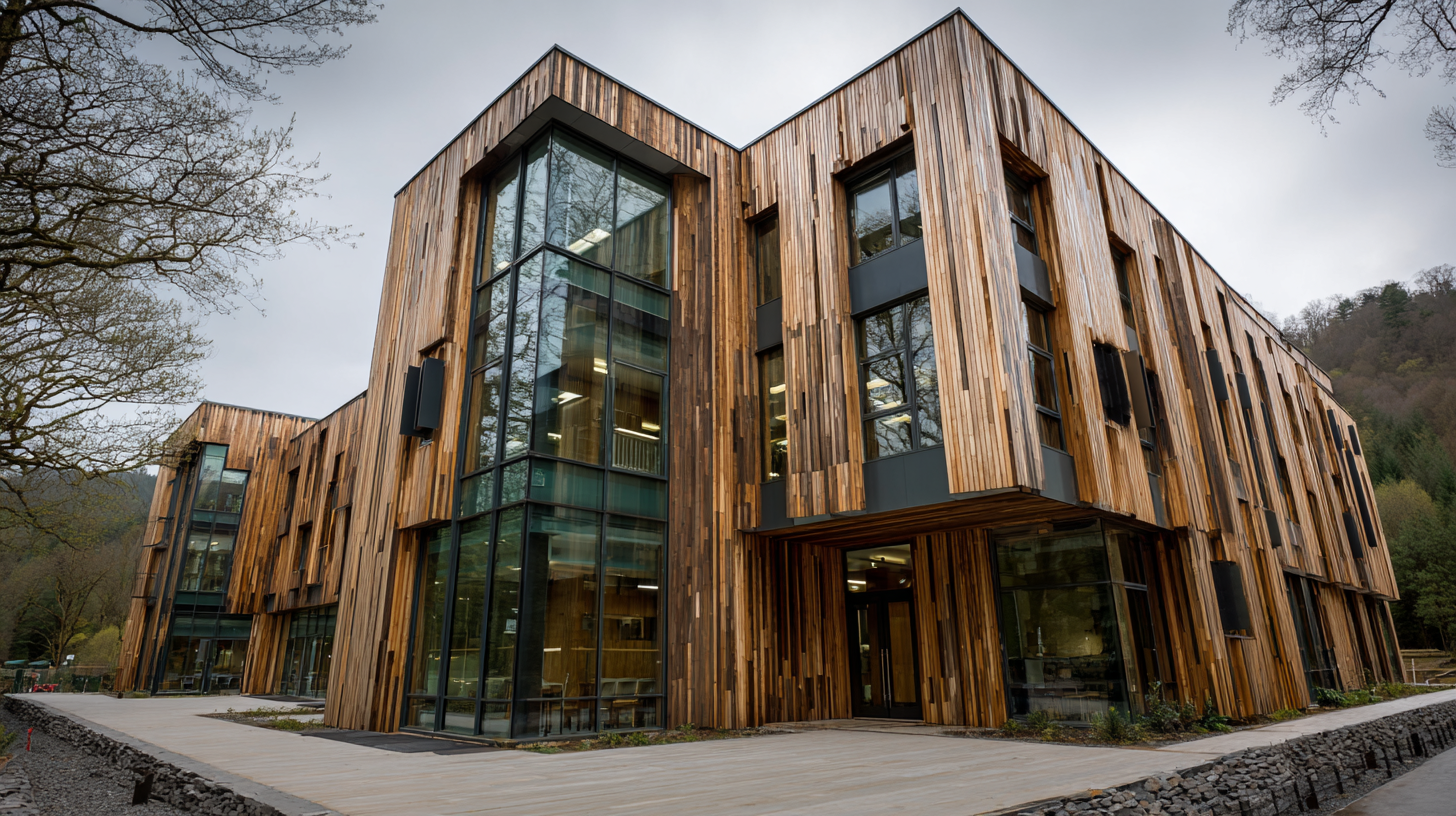
Tips for Successful Prefabrication:
Implementing advanced prefabrication techniques not only accelerates the construction timeline but also supports a commitment to sustainability. As the industry evolves, these methods present exciting opportunities for reducing environmental impact while delivering on modern aesthetic needs.
The integration of smart building technologies is revolutionizing the performance of building walls, leading to significant advancements in energy efficiency. Intelligent materials, such as phase-change materials (PCMs) and thermochromic coatings, can adapt to changing environmental conditions, helping to regulate indoor temperatures by absorbing heat during the day and releasing it at night. Such innovations not only enhance thermal comfort but also decrease reliance on HVAC systems, thereby reducing energy consumption and associated costs.
Moreover, smart wall systems equipped with sensors and automation technology enable real-time monitoring and control of energy use. These systems can detect moisture levels, temperature fluctuations, and air quality, allowing for proactive maintenance and adjustments that optimize wall performance. By employing data analytics and machine learning algorithms, building managers can predict and respond to energy patterns more efficiently, ultimately contributing to a more sustainable and resilient built environment.
The incorporation of these technologies underscores a significant shift towards smarter, more sustainable architecture that prioritizes both environmental sustainability and occupant well-being.

